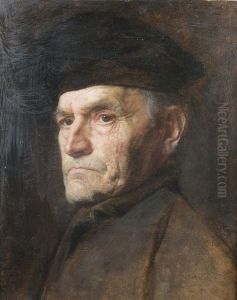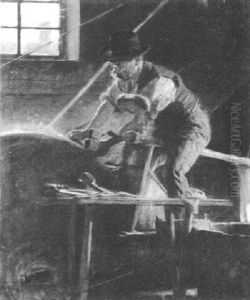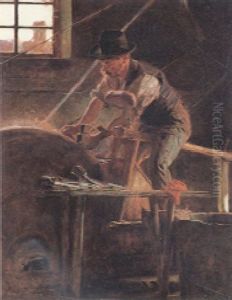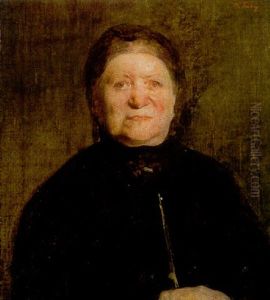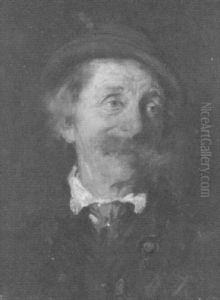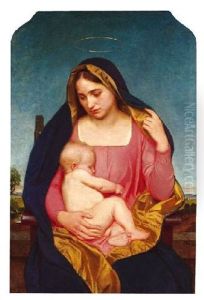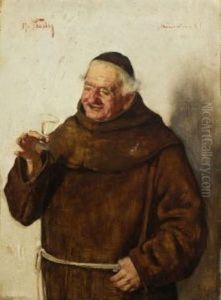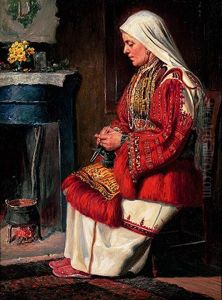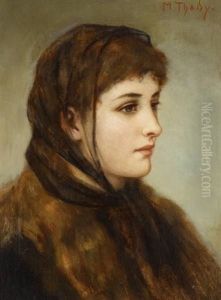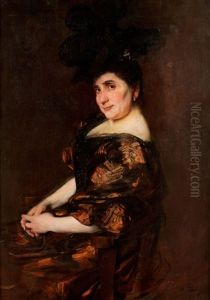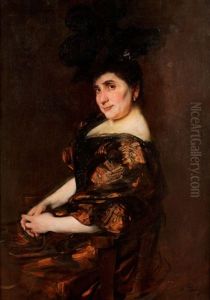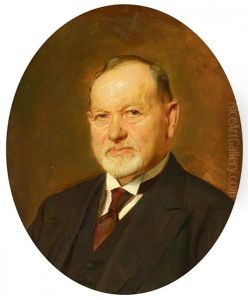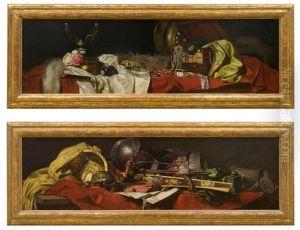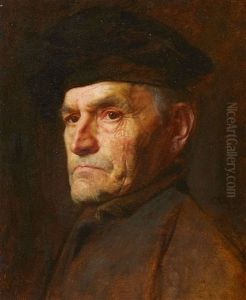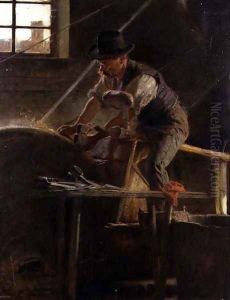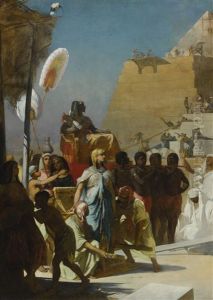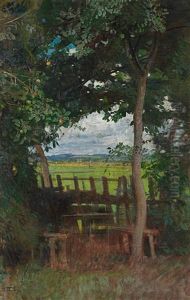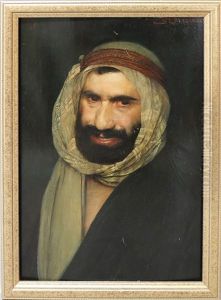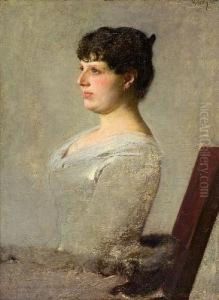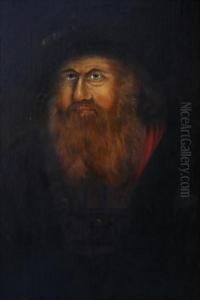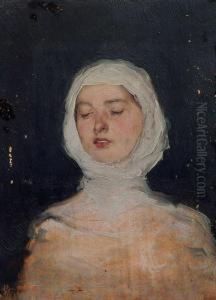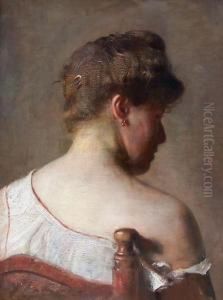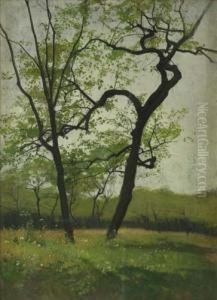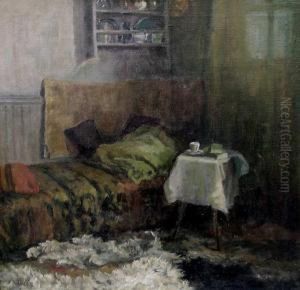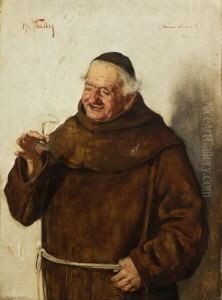Max Thedy Paintings
Max Thedy was a German painter and graphic artist known for his contributions to the Symbolist and Impressionist movements. Born on October 18, 1858, in Mühlhausen, Thuringia, Germany, Thedy developed an interest in art at a young age. He pursued his education in art at the Weimar Saxon-Grand Ducal Art School, where he was influenced by the academic styles of the time.
Throughout his career, Max Thedy explored various subjects, including genre scenes, portraits, landscapes, and allegorical works. He was adept at capturing mood and atmosphere, often imbuing his paintings with a sense of melancholy or introspection. His style evolved over the years, reflecting the shifts in artistic trends from the more traditional academic art to the emerging styles of Symbolism and Impressionism.
In the late 19th and early 20th centuries, Thedy became an active participant in the German art scene. He exhibited his works at various art shows, including those of the Munich Secession, an association of visual artists who sought to break away from the traditional academic art conventions. Thedy's work was well-received, and he gained a reputation for his unique blending of realistic depiction with a symbolist approach to subject matter.
Max Thedy's contributions to the art world were recognized by his peers, and he held several academic positions. He served as a professor at the Weimar Art School, where he had studied, passing on his knowledge and skills to a new generation of artists. His influence extended beyond his own works, as he played a role in shaping the artistic landscape of his time through his teaching and advocacy for emerging art movements.
Thedy's paintings can be found in various museums and private collections, where they are appreciated for their technical skill and emotional depth. His work captures the spirit of a transitional period in art history, bridging the gap between the old and the new.
Max Thedy's life was dedicated to his art, and he continued to paint until his death on August 4, 1924, in Weimar, Germany. His legacy is preserved through his contributions to German art and the students he inspired during his tenure as an educator.
